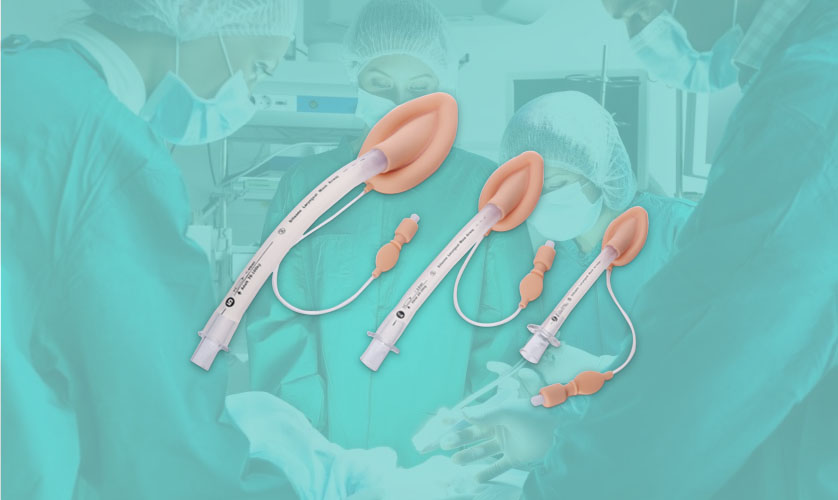Product Details:
StaySafe™ Disposable Laryngeal Mask
is intended for use as an alternative to a facemask for achieving and maintaining control of an airway during routine and emergency anesthetic procedures in patients. Specially designed with clear tubing and soft permeable seal, our laryngeal mask may also be used to establish a clear airway during resuscitation in profoundly unconscious patients with absent glossopharyngeal and laryngeal reflexes who may need artificial ventilation.
It should be noted that StaySafe™ laryngeal mask does not protect the patient from the consequences of regurgitation and aspiration. Our disposable laryngeal mask should only be used with patients who have been clinically cleared for the use of a laryngeal airway by a qualified anesthesiologist.
Finally, laryngeal masks are manufactured following strict CE, ISO and USFDA standards.
When using StaySafe™ disposable laryngeal masks clear steps should be followed. It is advised that before insertion, one should deflate the cuff completely so that it is flat and free of wrinkles. To do this, simply press the cuff down onto a flat sterile surface while simultaneously deflating the cuff with a syringe.
There are many insertion techniques currently in use. One commonly used technique is the Pencil Insertion. The technique starts by assuming access from the patient’s head from above is feasible, and holding the airway tube like a flute, with three fingers placed above the junction of the cuff and the tube and the thumb on the vertical line on the airway tube. All this should be done while simultaneously placing your other hand under the patient’s head.
Then slowly and carefully insert the tip of the cuff pressing upwards against the hard palate and flatten the cuff against it. Look carefully into the mouth to verify that the tip of the cuff is flattened against the palate before proceeding.
Provided the tip of the cuff is placed correctly in the mouth opening, continue the movement by swinging the mask inward with a circular motion, pressing the contours of the hard and soft palate in the process, and slowly start advancing the equipment into the hypopharynx until a definite resistance is felt. Ensure that the motion of the placement is smooth.
Interested in more Products?
For more related products, you can also check:
Find more on our website:




